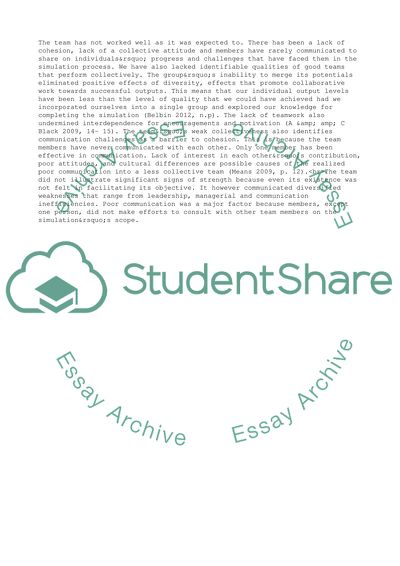Cite this document
(“Reflective Essay on Business Simulation Example | Topics and Well Written Essays - 2000 words”, n.d.)
Retrieved from https://studentshare.org/business/1620578-reflective-essay-on-business-simulation
Retrieved from https://studentshare.org/business/1620578-reflective-essay-on-business-simulation
(Reflective Essay on Business Simulation Example | Topics and Well Written Essays - 2000 Words)
https://studentshare.org/business/1620578-reflective-essay-on-business-simulation.
https://studentshare.org/business/1620578-reflective-essay-on-business-simulation.
“Reflective Essay on Business Simulation Example | Topics and Well Written Essays - 2000 Words”, n.d. https://studentshare.org/business/1620578-reflective-essay-on-business-simulation.


